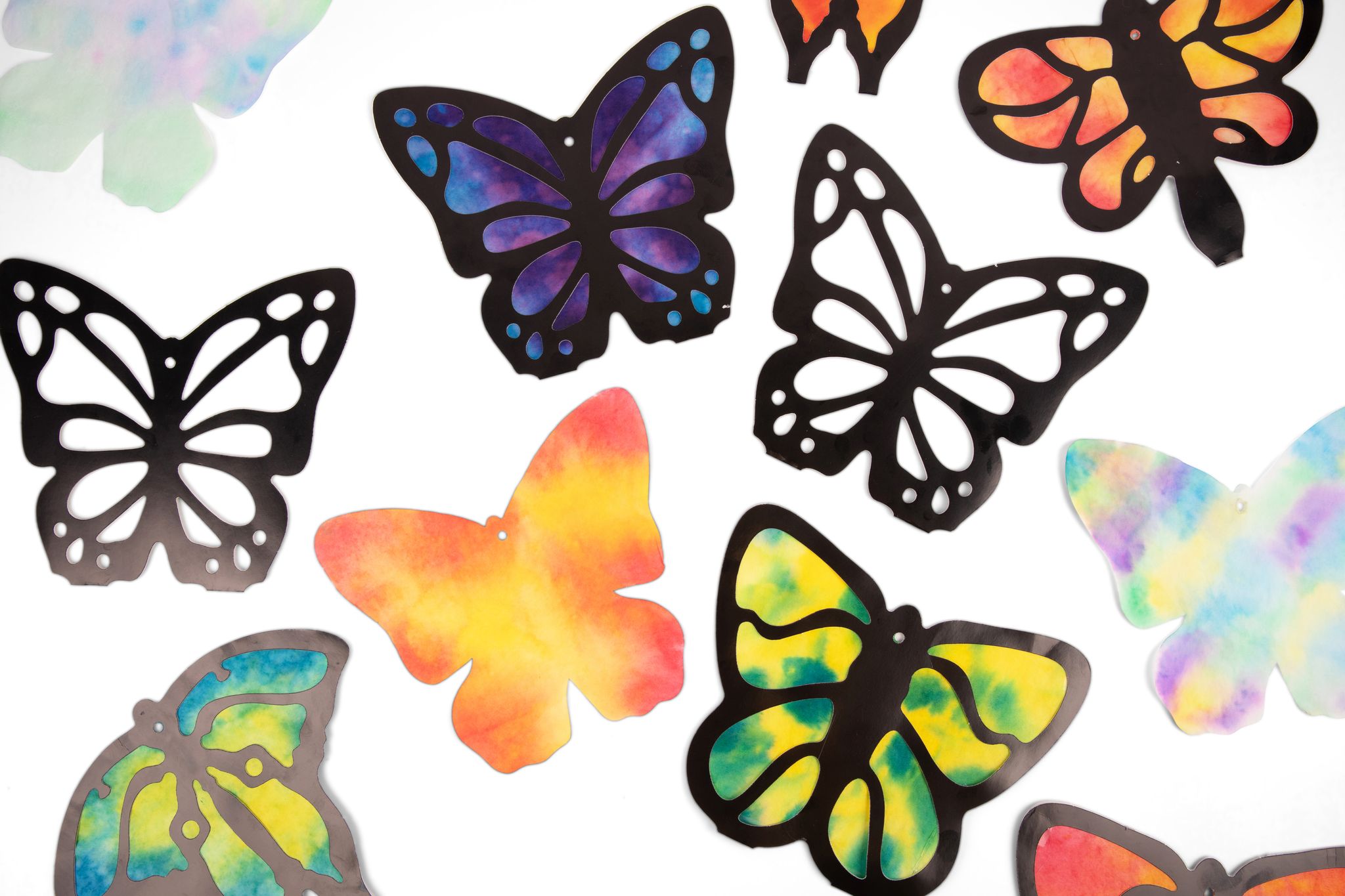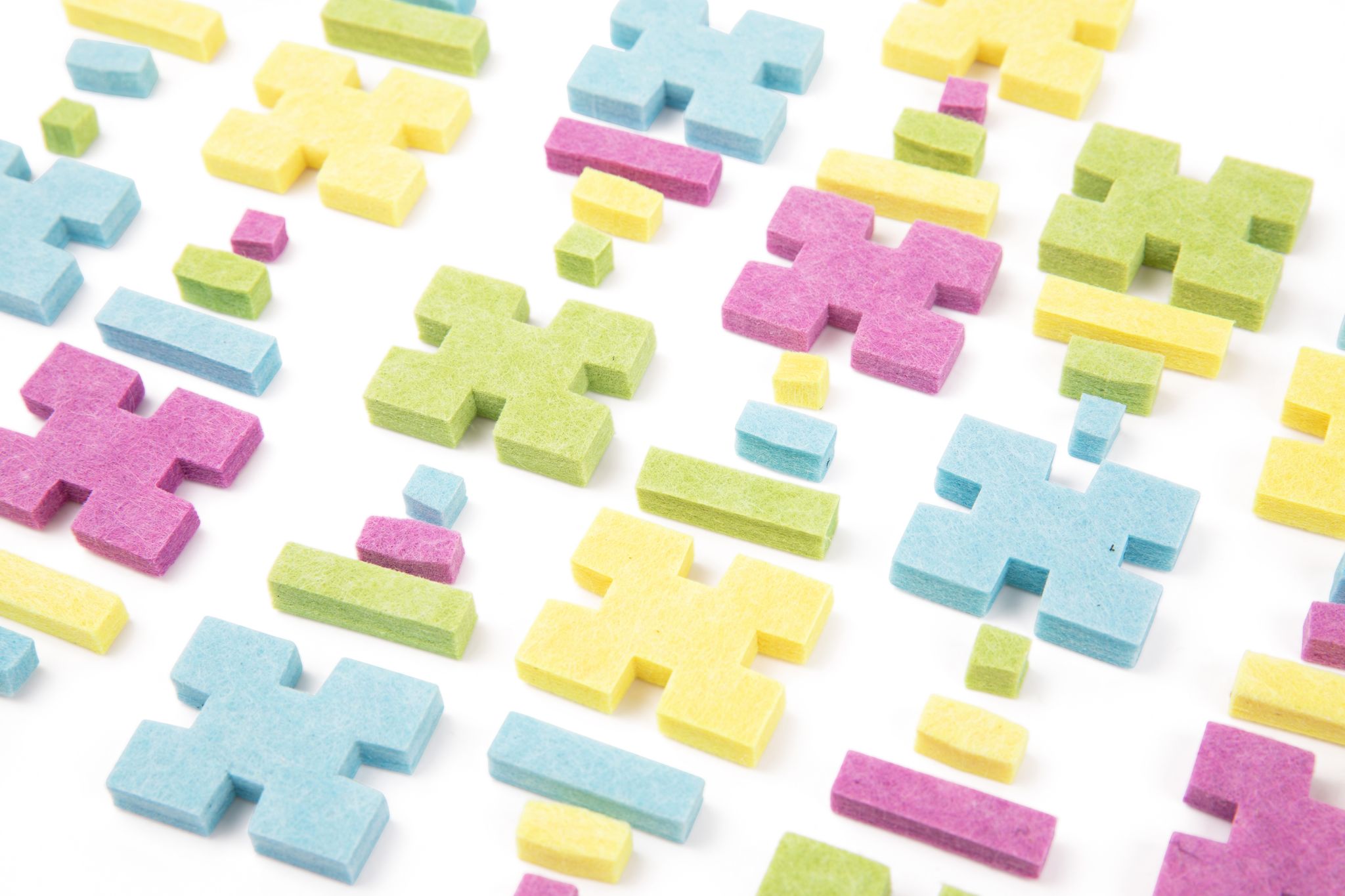
Dinosaurs and unicorns are alive. Superheroes and insects work together to fight evil. Yep, you heard that right! Welcome to the world of arts and crafts – a magical world where children can put on their capes of creativity and curiosity, unlocking the secrets of their own potential. Arts and Crafts are the forefront of development and growth in young children. From open-ended creative expression to cognitive enhancement, arts and crafts truly impact young minds more than we might expect. Let’s explore five benefits that arts and crafts unlock.
Fine Motor Skill Development
Painting, drawing, cutting, and pasting may seem like simple, mundane activities, but they play a crucial role in developing fine motor skills. These activities require precise movements and coordination, which help children refine their hand-eye coordination and dexterity. As they work with various art mediums, they strengthen their muscles in their hands and fingers, laying the groundwork for future tasks like writing. Take a look at one of our new products that aids fine motor skill development in a big way:
Imagination and Creativity
One of the most significant benefits of arts and crafts learning is gaining the ability to ignite and nurture imagination from a creative point of view. Whether it’s molding clay into mythical creatures or using craft sticks to tell stories of ancient kings and queens, crafts encourage children to think out of the box and explore their creative abilities. This freedom sets children on a trajectory for future success in creative roles and professions. Here is our recommendation for products that enhance imagination and creativity:
Cognitive Development
Engaging in arts and crafts activities stimulates various cognitive functions in children. As children explore possibilities through color, they engage in a wide range of cognitive processes from selecting hues to blending shades to recalling memories evoked by colors. These cognitive processes are not limited to the realm of colors alone; they extend to activities like building structures with blocks or piecing together puzzles, where children combine spatial reasoning and critical thinking together to bring their ideas to life. Through these immersive experiences, children not only develop their artistic abilities but also strengthen essential cognitive functions, laying a solid foundation for lifelong learning and growth.
Expression and Communication
Not only do arts and crafts provide children with freedom of creative expression, but they also provide a non-verbal outlet through self-expression. By exploring colors, shapes, and textures, they can convert their feelings, thoughts, and experiences into expressions. This form of artistic expression is especially beneficial for those who may find it hard to communicate their feelings verbally. By engaging in creative activities, children learn to express themselves in alternative ways, fostering emotional intelligence and communication skills. Art can also serve as a calming and therapeutic activity, helping children manage stress and anxiety. The process of creating art allows them to channel their feelings constructively and develop resilience when facing challenging situations.
Social Skills and Collaboration
Learning how to work with others is a crucial developmental skill that will be used throughout a lifetime. In fact, more that 50% of people say their jobs require collaboration with one another and 75% of employees rate team work as being crucial in the workplace. Arts and crafts often involve collaboration and social interaction, whether it’s contributing to a group project or sharing ideas and materials with peers. These interactions teach children key social skills like sharing, voicing your opinion, taking turns, and cooperating towards a common goal. They learn to respect diverse perspectives, communicate effectively, and work as part of a team, which are essential skills for navigating social relationships in the future.
Incorporating arts and crafts at an early age is more than just a recreational activity – it’s a powerful tool for holistic development. From honing in on fine motor skills and cognitive development to gaining emotional intelligence and social competence, the benefits are far-reaching and long-lasting. By providing opportunities for creative expression and exploration, we empower children to unlock their full potential and become confident and independent individuals. Let’s nurture their creativity, one masterpiece at a time!

